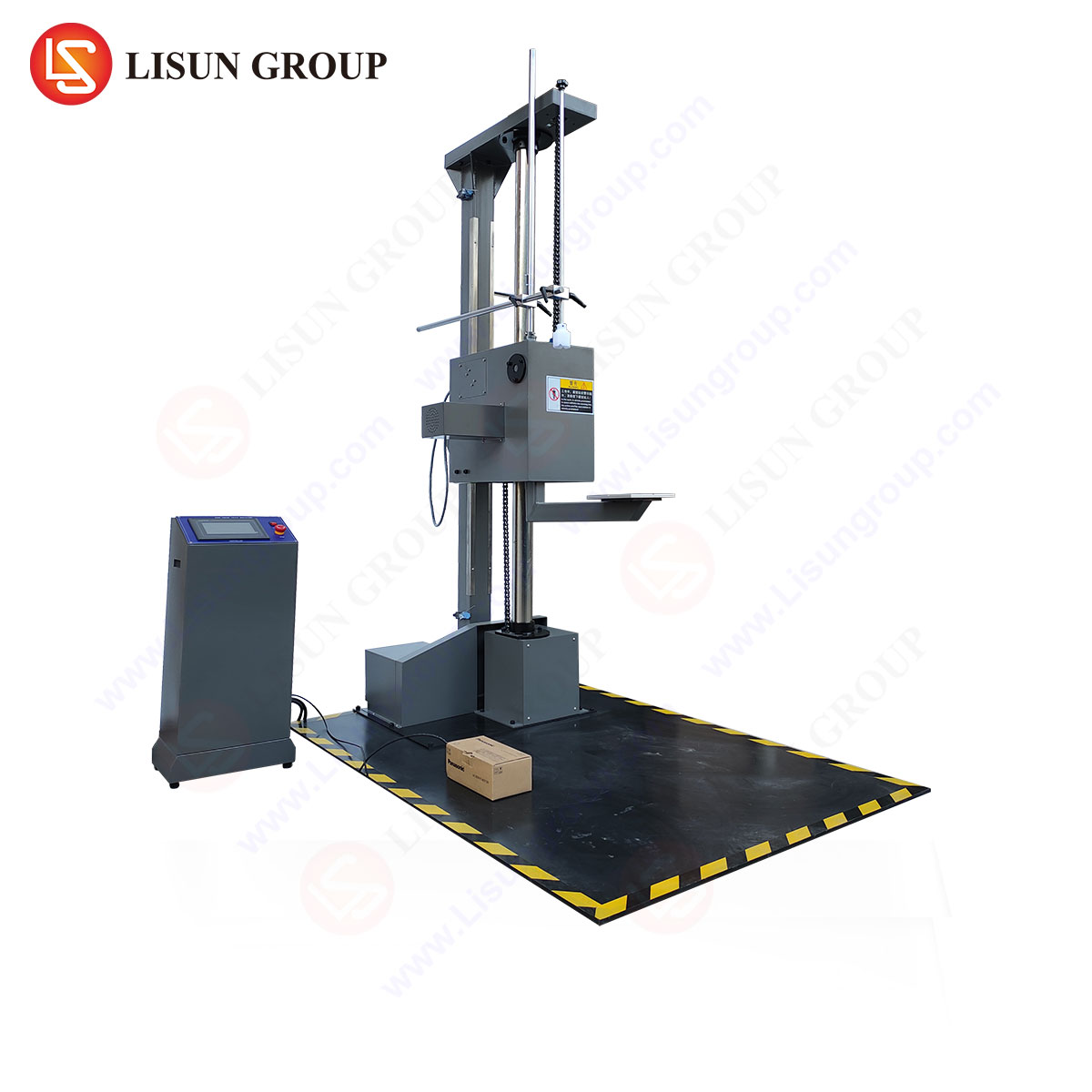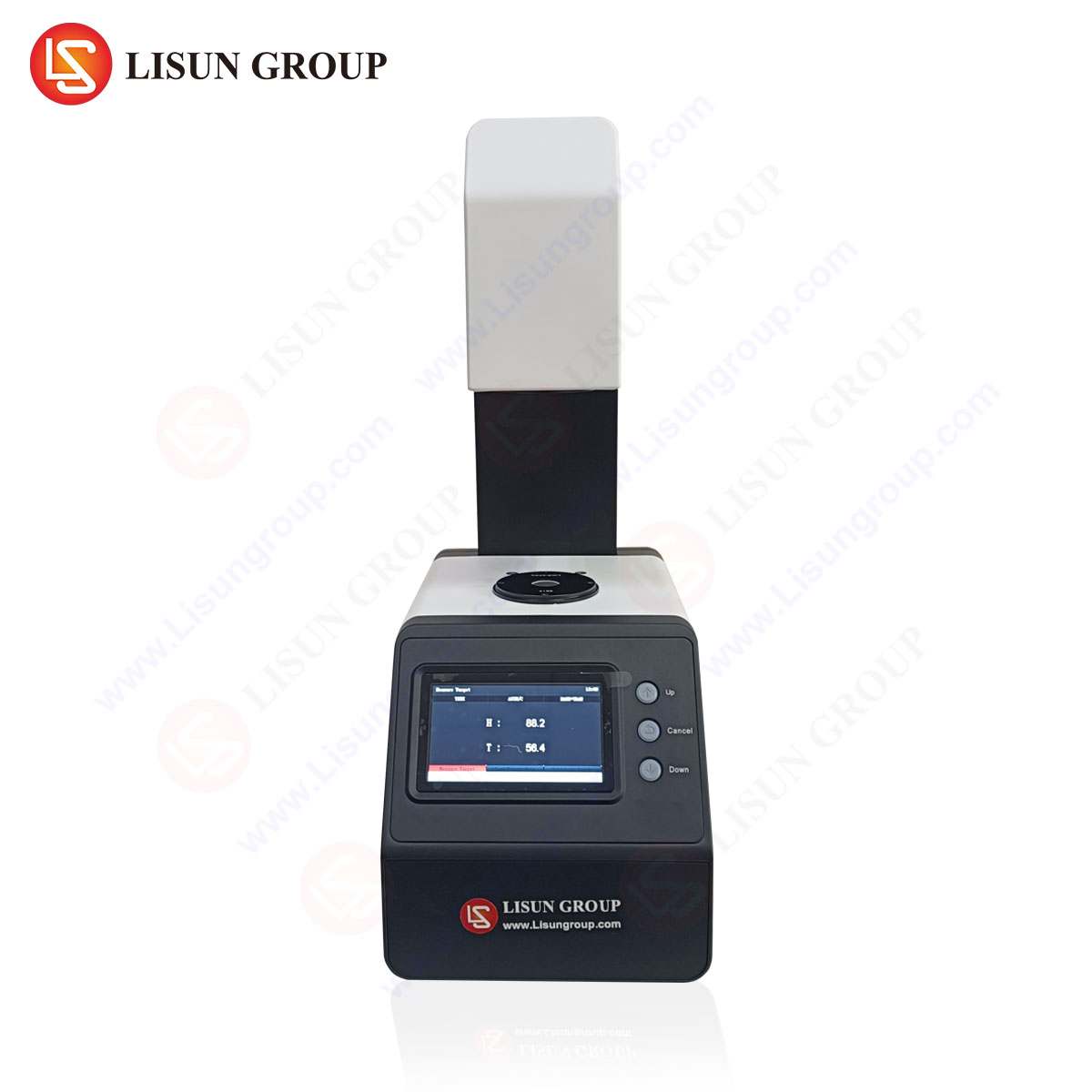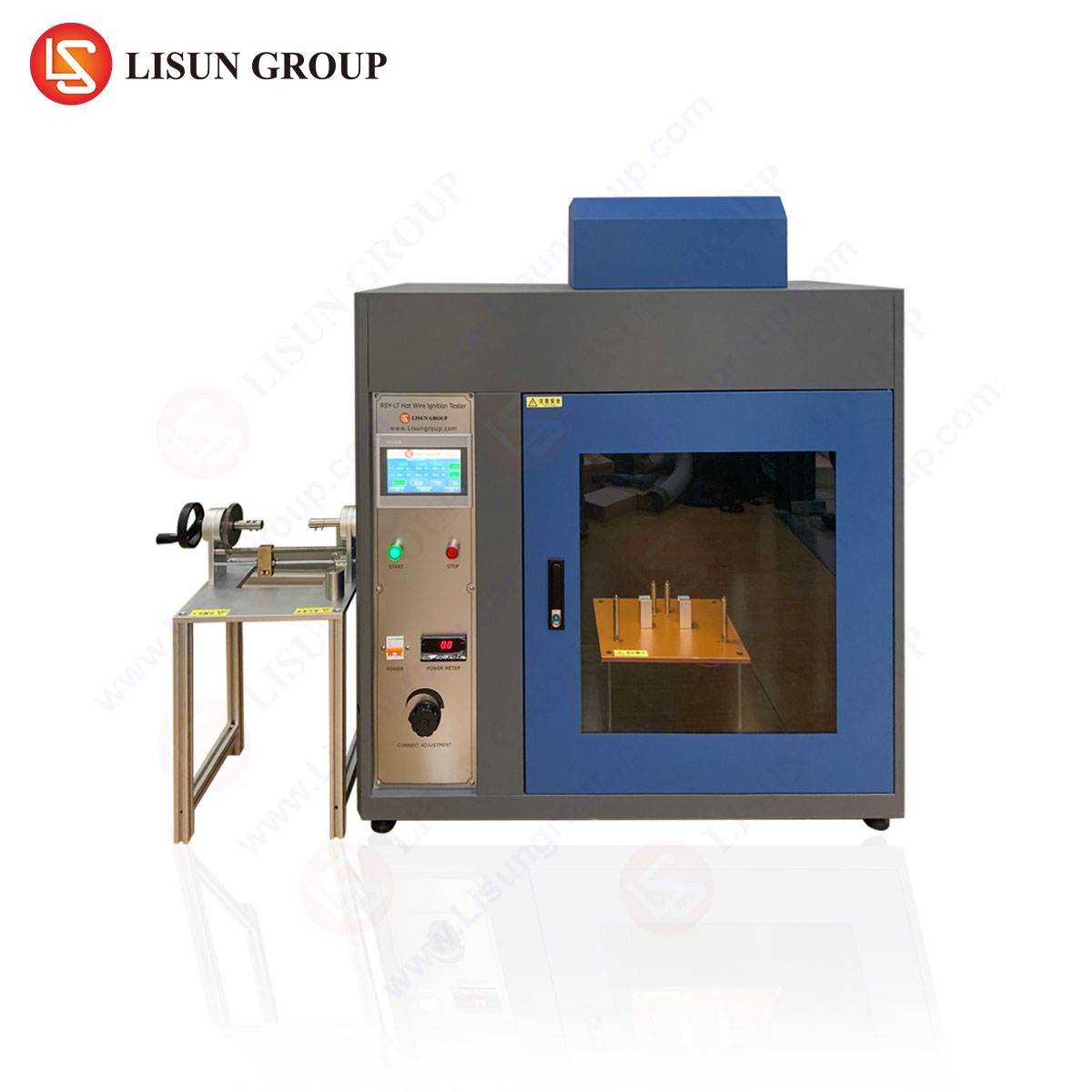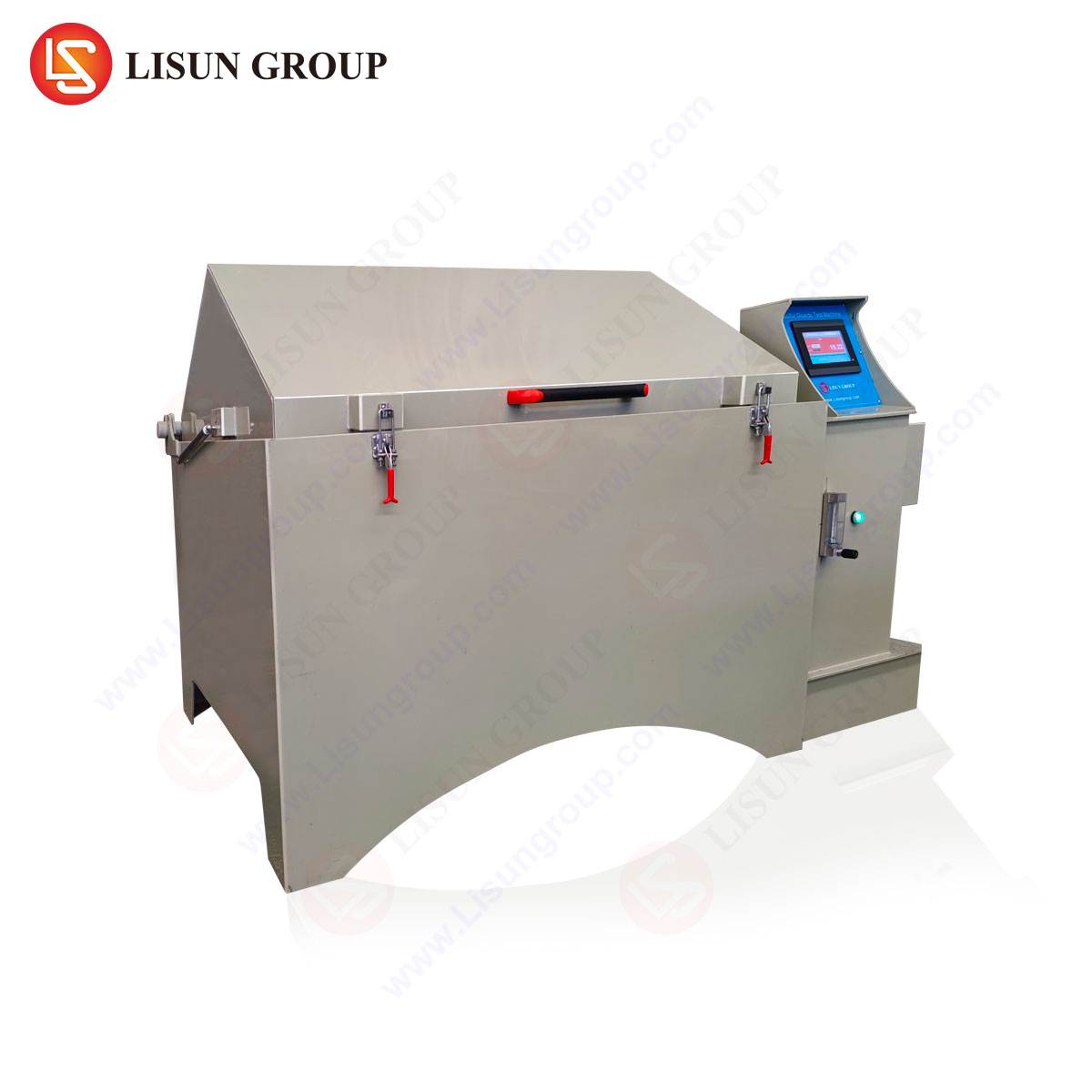Evaluating Material Resistance to Ignition: The Hot Wire Test for Glow Wire Flammability Index (GWI)
Introduction to the Glow Wire Flammability Index
The Glow Wire Flammability Index (GWI) represents a critical quantitative measure in the fire safety assessment of insulating materials and polymeric components used in electrical and electronic equipment. This index is determined through a standardized, rigorous procedure known as the Hot Wire Test, which simulates a specific thermal stress condition—such as that caused by an overheating, current-carrying element or a poor electrical connection. The primary objective is to ascertain the ability of a material to resist ignition when exposed to a heated element and to evaluate its propensity for flame propagation once the heat source is removed. Compliance with GWI requirements, as stipulated in international standards like IEC 60695-2-10 through IEC 60695-2-13, is not merely a regulatory hurdle but a fundamental aspect of product design and risk mitigation across a vast spectrum of industries, from household appliances to aerospace components.
Fundamental Principles of the Hot Wire Test Methodology
The underlying principle of the Hot Wire Test is the application of a precisely controlled thermal energy input to a standardized test specimen. A resistance wire element, typically constructed from a nickel-chromium (NiCr) alloy, is heated electrically to a predetermined temperature, which can range from 550°C to 960°C depending on the specific test severity required. This heated element, the “glow-wire,” is then brought into contact with the test specimen under a defined mechanical force of 1.0 N ± 0.2 N for a period of 30 seconds. The test apparatus meticulously monitors the specimen’s behavior during three distinct phases: the application of the glow-wire, the duration of contact, and the subsequent observation period after the glow-wire is retracted.
The key parameters evaluated include the time-to-ignition (if ignition occurs), the duration of any resultant flaming, and whether burning droplets or particles fall from the specimen that could ignite a predefined tissue paper layer positioned below. The Glow Wire Flammability Index (GWI) is specifically defined as the highest temperature at which a material does not ignite, or if it does ignite, extinguishes within 30 seconds after removal of the glow-wire and does not cause ignition of the tissue paper. This provides a clear, comparative metric for material selection during the engineering design phase.
Instrumentation for Precision: The RSY-LT Hot Wire Ignition Tester
Accurate and repeatable GWI determination is wholly dependent on the precision and reliability of the testing instrumentation. The RSY-LT Hot Wire Ignition Tester is engineered to meet the exacting requirements of IEC 60695-2-10, IEC 60695-2-12, IEC 60695-2-13, and analogous standards such as GB/T5169.10-13 and UL 746A. This system integrates advanced control mechanisms and safety features to ensure laboratory-grade results.
The core specifications of the RSY-LT unit include a temperature control range extending from 50°C to 1000°C, with a measurement accuracy of ± 2°C and a stability of ± 5°C. The glow-wire tip is manufactured to a strict dimensional tolerance of 4.0mm ± 0.1mm in diameter, and the applied force mechanism is calibrated to maintain the 1.0 N contact force consistently. A programmable logic controller (PLC) paired with a high-resolution touchscreen human-machine interface (HMI) allows for the automated execution of test sequences, including precise control of the heating time, test duration, and cool-down periods. The apparatus is constructed with a robust stainless steel framework and features a transparent draft shield to contain the test environment while protecting the operator from potential fumes or fragments, without influencing the test atmosphere through unintended airflow.
Operational Sequence and Data Acquisition in GWI Testing
The testing procedure using the RSY-LT tester follows a meticulous sequence. A minimum of three specimens, conditioned as per standard requirements (e.g., 23°C ± 2°C and 50% ± 5% relative humidity for 24 hours), are prepared. The technician secures a specimen in the holder and positions the tissue paper beneath it. The target test temperature is input into the control system. The NiCr glow-wire is then heated autonomously by the unit, which employs a closed-loop thermocouple feedback system to achieve and hold the setpoint temperature with high stability.
Upon reaching thermal equilibrium, the apparatus automatically advances the glow-wire to make contact with the specimen for the 30-second interval. Integrated sensors and the operator observe the specimen for ignition. A photoelectric cell or manual stopwatch is used to record the duration of any flames. The RSY-LT’s data acquisition system can log the entire temperature profile. After retraction, the post-observation period commences. The test is repeated at varying temperatures in a systematic manner—typically starting at a lower temperature and increasing—to bracket and identify the precise GWI. The result is the highest temperature that does not exceed the failure criteria.
Industry Applications and Material Compliance Requirements
The application of GWI testing is pervasive in any sector where electrical components pose a potential fire hazard due to abnormal overheating.
In Household Appliances and Consumer Electronics, materials used in external enclosures, internal supports, and wiring harnesses for products like televisions, coffee makers, and power adapters must demonstrate a high GWI to prevent a single internal fault from escalating into a fire.
The Automotive Electronics sector demands materials with exceptional GWI ratings for components within the passenger compartment and engine bay, such as connector housings, sensor bodies, and infotainment system parts, where exposure to elevated ambient temperatures is possible.
For Electrical Components like switches, circuit breakers, and socket outlets, the test is particularly relevant as it directly simulates the failure mode of a high-resistance connection. The material constituting the housing and insulating parts must not propagate flame.
Telecommunications Equipment and Industrial Control Systems installed in shared infrastructure or industrial facilities require high-reliability components whose materials will not contribute to fire spread, ensuring overall system integrity and minimizing downtime.
Medical Devices and Aerospace and Aviation Components represent the highest echelon of requirements, where material failure is not an option. The GWI is a fundamental part of the material qualification process for any polymer used in these safety-critical applications.
Interpreting Test Results and Correlation to End-Use Performance
A material’s GWI rating provides engineers with a critical data point for comparative analysis. A higher GWI indicates a superior resistance to ignition under the specific conditions of the test. However, it is imperative to understand that the GWI is one component of a holistic fire safety assessment. It should be considered alongside other indices, such as the Glow Wire Flammability Temperature (GWFI) and comparative tracking index (CTI).
For instance, a switch manufacturer selecting a thermoplastic for a new line of domestic power sockets will specify a material with a GWI significantly higher than the maximum temperature a faulty contact could theoretically generate. If internal fault analysis predicts a maximum hot-spot temperature of 750°C, the designer would select a material with a GWI of, for example, 800°C or 850°C, thereby building in a safety margin. The test’s inclusion of a simulated flooring material (the tissue paper) directly addresses the secondary hazard of burning droplets, a common cause of fire spread in real-world scenarios.
Advantages of Automated Testing Systems like the RSY-LT
The transition from manual to automated test apparatus, exemplified by the RSY-LT, introduces significant advancements in reproducibility, operator safety, and data integrity. Manual systems are prone to inconsistencies in timing, force application, and temperature reading. The RSY-LT’s automated contact mechanism ensures the 1.0 N force is applied uniformly for every test, eliminating a key source of variance.
Its digital temperature control system offers far greater stability and accuracy than analog potentiometers, ensuring the thermal insult applied to each specimen is consistent. The integrated data logging capabilities provide an immutable record of test parameters and results, which is invaluable for audit trails and quality assurance documentation. Furthermore, the automation of the heating and contact cycle minimizes operator exposure to the high-temperature element and potential pyrolysis byproducts, enhancing laboratory safety. The robustness of its construction ensures long-term calibration stability, reducing downtime and maintenance costs.
Standards Governance and Future Evolution of Testing Protocols
The Hot Wire Test is governed by a well-defined suite of international standards under the IEC 60695-2 series, which are harmonized with various national standards (e.g., EN, GB, UL). These standards are not static; they are periodically reviewed and updated by technical committees to reflect new materials, technologies, and deeper understanding of fire science. The role of consistent, reliable equipment is therefore paramount in ensuring that test results are comparable across different laboratories and over time.
Future evolution may involve more sophisticated diagnostics, such as high-speed thermal imaging to map heat propagation or evolved gas analysis to better understand pyrolysis products. The core principle of the test, however, remains a cornerstone of material safety engineering. Equipment that offers flexibility and upgradeability, such as the RSY-LT with its programmable PLC platform, provides laboratories with a future-proof investment that can adapt to incremental changes in testing methodologies.
Frequently Asked Questions (FAQ)
Q1: What is the critical difference between the Glow Wire Flammability Index (GWI) and the Glow Wire Flammability Temperature (GWFI)?
The GWI is the highest temperature at which a material does not ignite or self-extinguishes quickly without igniting surrounding materials. It is a property of the material itself. The GWFI, conversely, is a test temperature defined by a product standard that a material must withstand without failure to be deemed suitable for a specific application. The GWI of a material must be higher than the GWFI required by the application standard.
Q2: Why is the applied force of 1.0 N so critical in the test procedure?
The 1.0 N force standardizes the degree of physical contact and thermal transfer between the glow-wire and the test specimen. Variations in this force would alter the effective heat flux into the material, leading to inconsistent results. Too much force could cause excessive penetration or deformation of the specimen, while too little could result in poor thermal contact, both compromising the test’s reproducibility.
Q3: For a new material, how is the appropriate testing temperature range determined?
A preliminary screening is often conducted. Testing typically begins at a lower temperature (e.g., 550°C). If the material passes, the temperature is increased in set increments (e.g., 50°C or 25°C) for subsequent tests until a failure is observed. The GWI is then reported as the last temperature at which the material passed the test criteria.
Q4: Can the RSY-LT tester be used for other related tests?
Yes, while optimized for the GWI test per IEC 60695-2-12, the RSY-LT is designed to also conduct the Glow-Wire Ignition Temperature (GWIT) test per IEC 60695-2-13 and the basic test method per IEC 60695-2-10. Its programmable platform allows for the creation of custom test sequences to meet various standard requirements.
Q5: How often does the glow-wire itself need to be replaced?
The nickel-chromium glow-wire is a consumable item. Its lifespan depends on usage frequency and the test temperatures employed. It must be replaced when it shows visible signs of oxidation, pitting, or deformation, or if it can no longer be calibrated to reach the required temperatures accurately. Regular visual inspection and calibration checks are necessary to ensure testing integrity.






